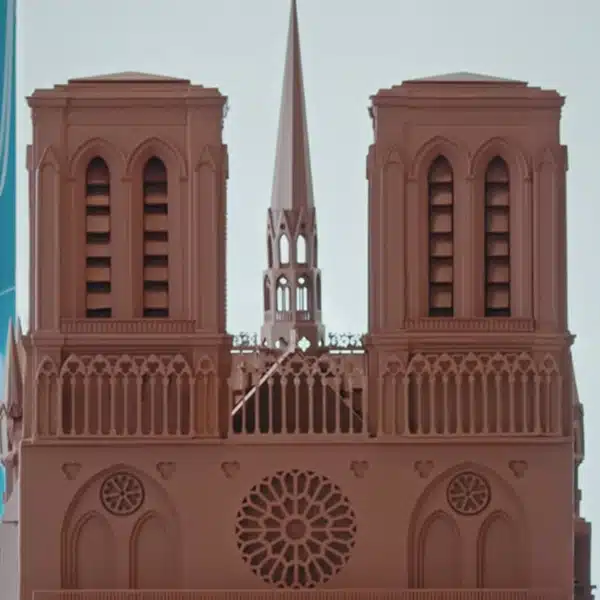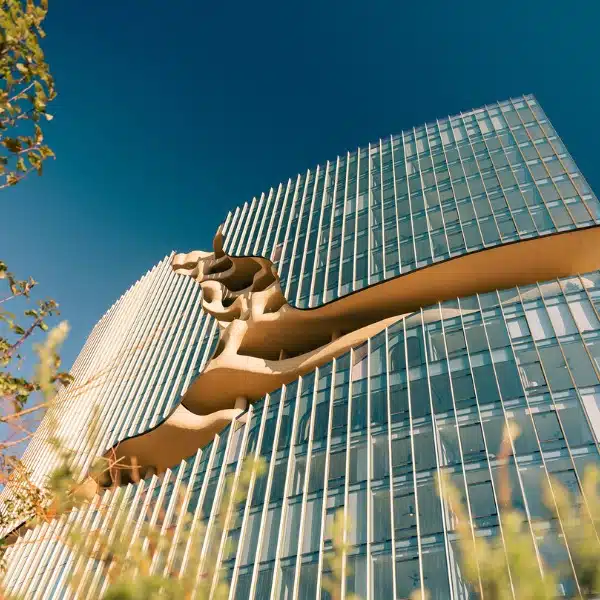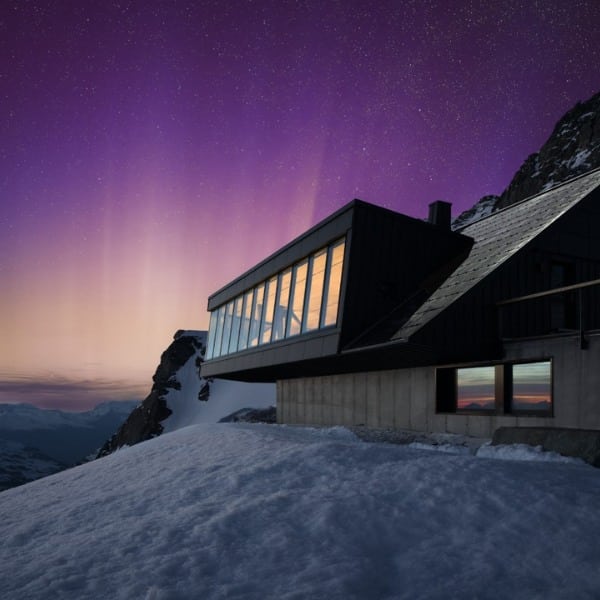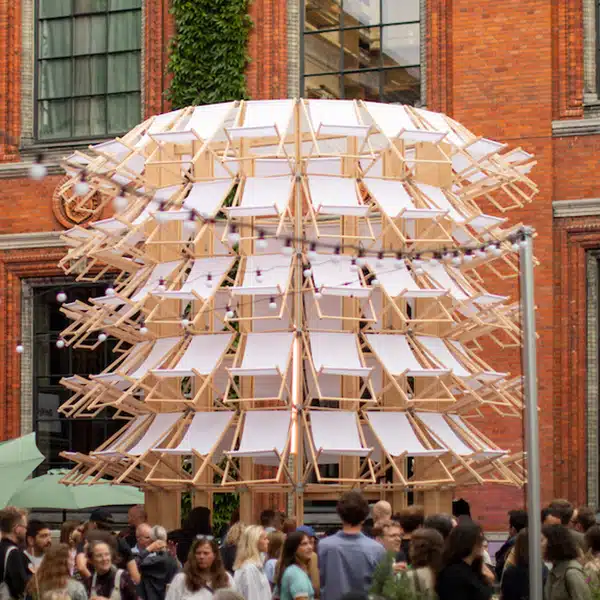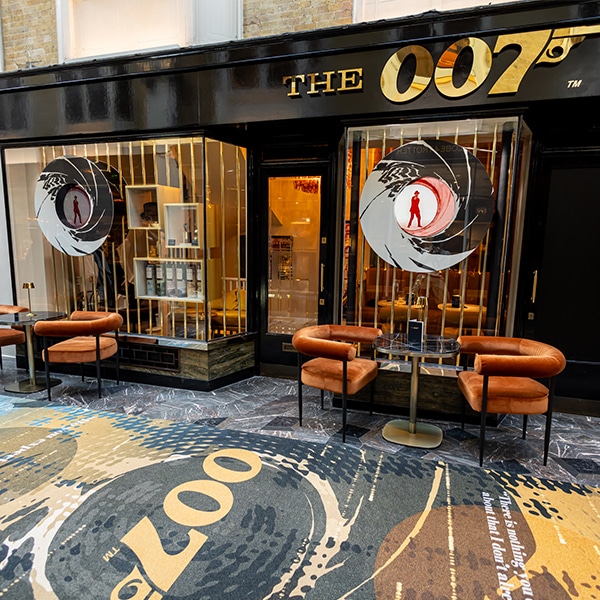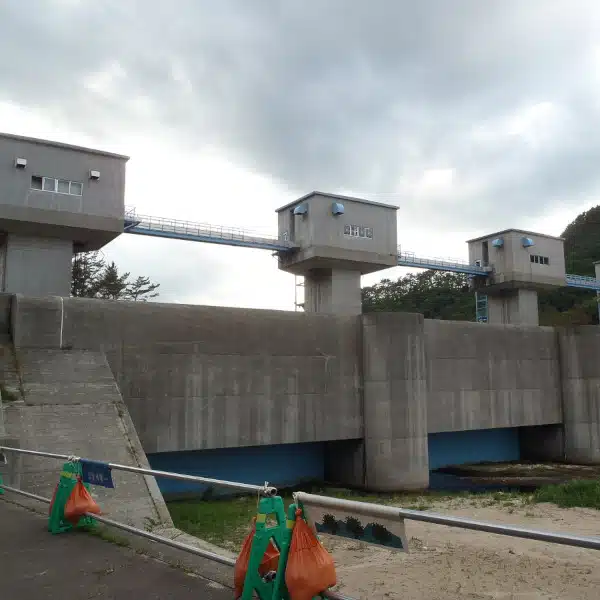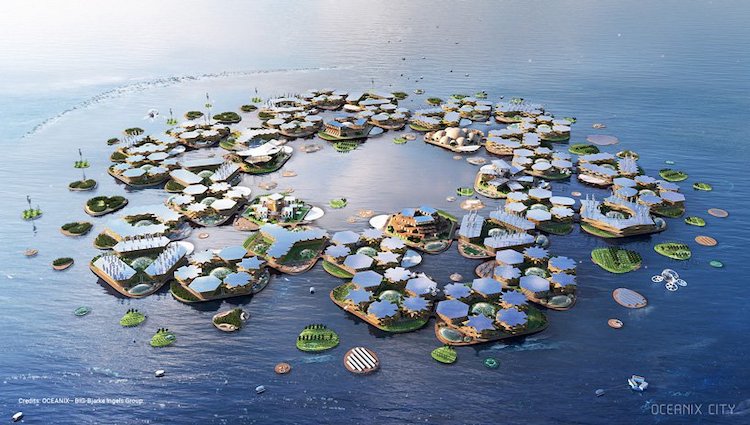
With sea levels on the rise and a lack of affordable housing becoming a global problem, designers, architects, and developers are reimagining our urban landscape by turning to the sea. As a result, floating cities are becoming a viable option for the future. In fact, the United Nations agency UN-Habitat recently held a roundtable on sustainable floating cities. Leading the charge in this initiative is the Bjarke Ingels Group (BIG), which unveiled designs for a modern urban area floating in the sea.
BIG's concept is a 10,000-resident, self-sustaining city built across hexagonal islands anchored to the ocean floor. The city, which is designed to withstand severe weather, can produce its own food and power, as well as manage water and waste disposal. The modular city can grow and develop organically over time, providing refuge to residents who may be driven offshore due to natural disasters or a lack of affordable housing options.
During their presentation at the UN's one-day event, Bjarke Ingels (founding partner of BIG) declared, “9 out of 10 of the world’s largest cities will be exposed to rising seas by 2050. The sea is our fate—it may also be our future. The first sustainable and self-sustained floating community Oceanix City is designed as a human-made ecosystem channeling circular flows of energy, water, food, and waste. Oceanix City is a blueprint for a modular maritime metropolis anchored in the UN’s Sustainable Development Goals.”
The roundtable, which was attended by over 70 experts, was co-convened by UN-Habitat, Oceanix (a company looking to build the floating structures), the MIT Center for Ocean Engineering, and the USA-based Explorers Club. Their goal is to start innovating now to ensure that the world is prepared when the time comes to shift thinking from land to sea. By moving ahead of the curve, they're also thinking about affordability and making sure that floating cities are a viable option at all price points.
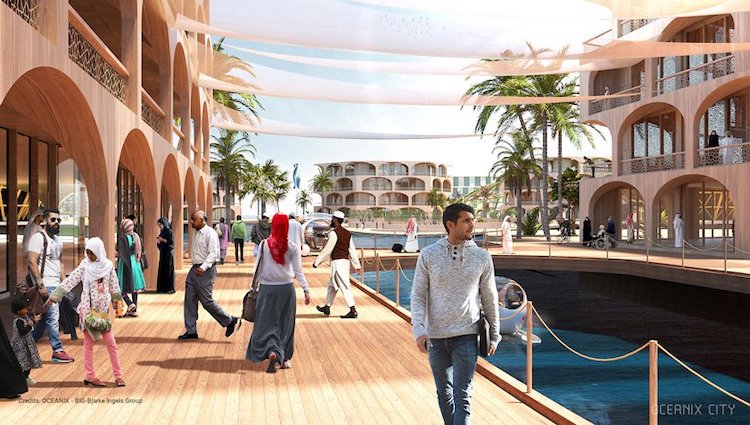
“We must [work] to ensure that the benefits of technological advances are a basic right, not a privilege of the few,” UN-Habitat’s Executive Director Maimunah Mohd Sharif said at the event. “UN Habitat is ready to provide the platform so that we can engage the best minds in every part of the world.”
BIG's Oceanix City, while certainly not the first floating city concept, is particularly innovative in its ability to scale up. Each island is about 4.5 acres, with a cluster of six islands making up a village around a port. Each island will contain housing and civic services, whether that be a school, hospital, or shopping centers. Smaller, uninhabited islands around the perimeter are dedicated to either growing food or collecting energy, as well as providing a buffer against wind and waves.
In order to keep the structure in harmony with the environment, BIG will anchor the islands to the ocean using a material that stimulates limestone growth from mineral deposits in the sea. This ecologically friendly material, biorock, encourages the growth of coral reefs.
“Imagine a community port where you have a market down by the sea, where you can go in the evening and stroll and hang out, where you can move around on electrical nautical vehicles on this bazaar—like street along canals that connect and separate islands,” Ingels proposes. “This same configuration can be the canvas for any culture. What you’re designing is an urban social infrastructure.”
Oceanix City is a new sustainable floating city concept by the Bjarke Ingels Group.
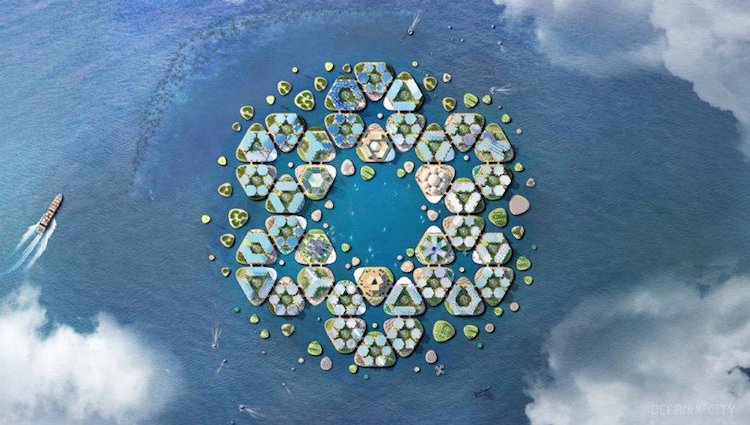
The floating islands will be anchored to the ocean floor using materials that stimulate the growth of coral reefs.
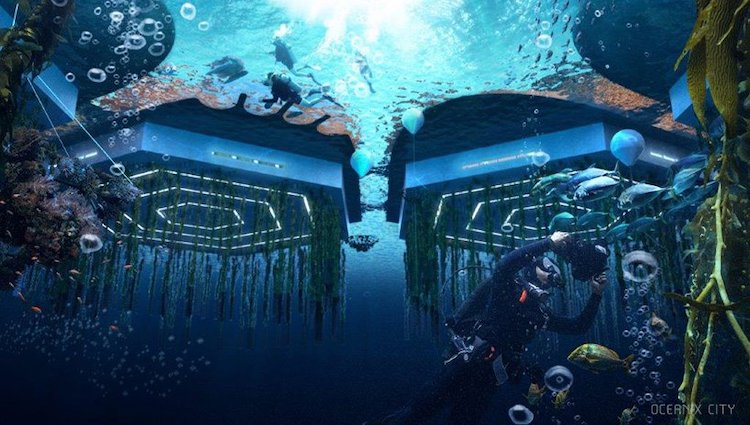
Presented at a UN-sponsored roundtable, the floating city is a new innovation in urban design.
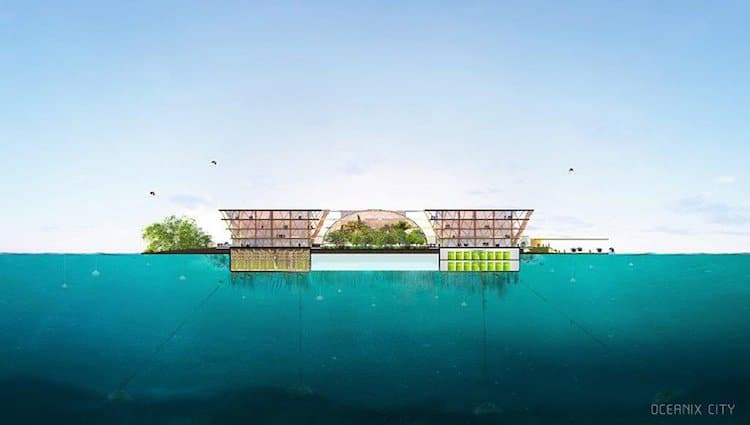
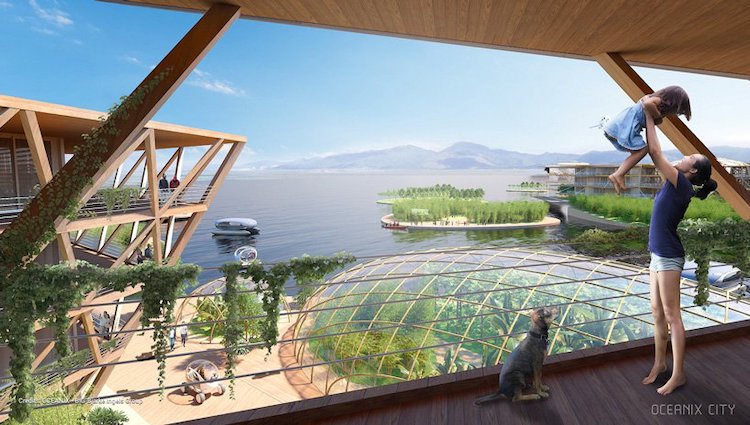
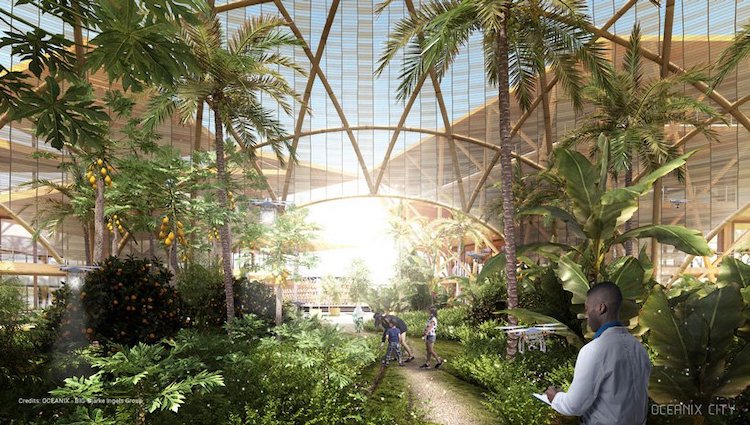
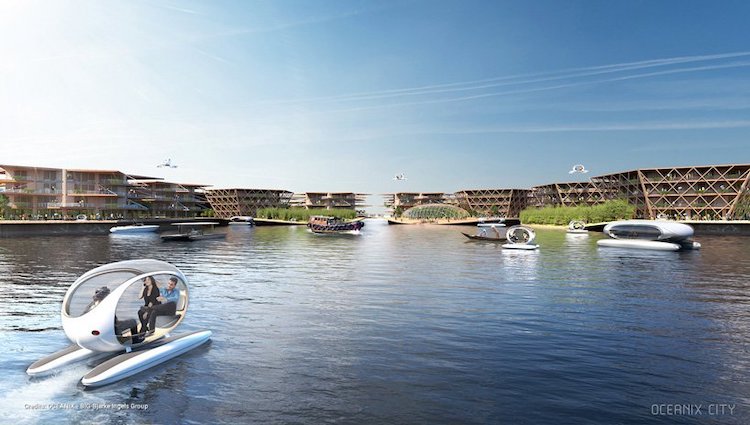
The flexible design allows growth from 300 to 10,000 residents.
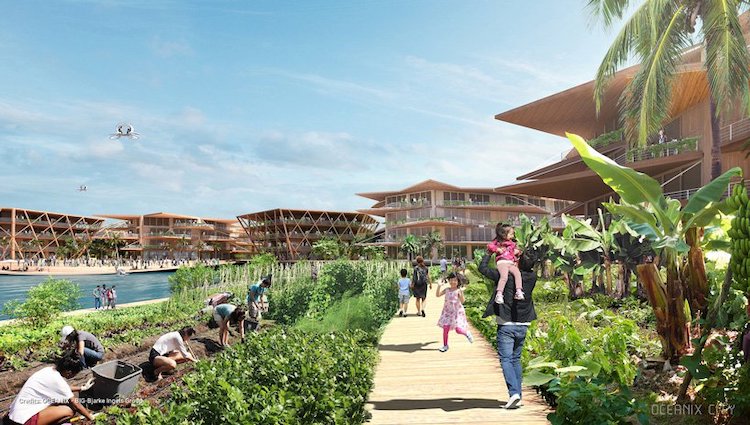
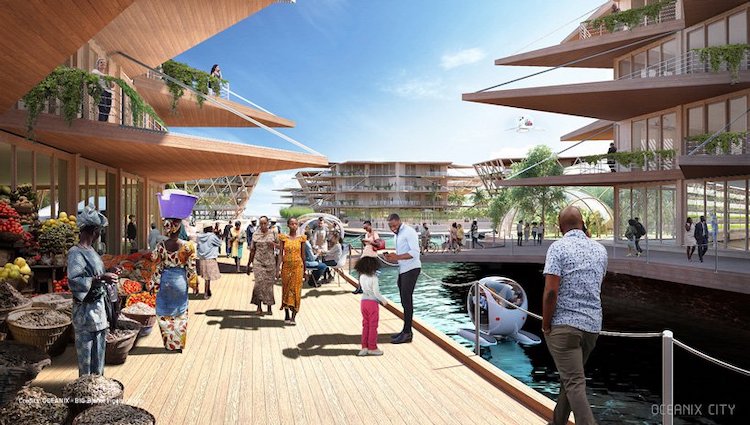
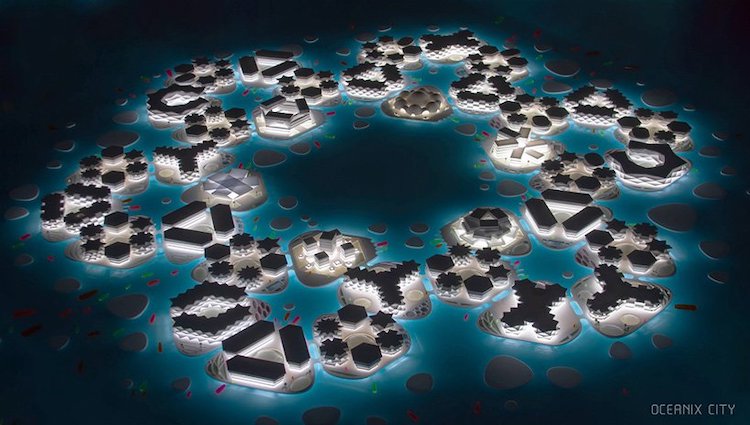
Bjarke Ingels Group (BIG): Website | Facebook | Instagram
h/t: [Fast Company, designboom]
All images via Bjarke Ingles Group.
Related Articles:
Minimalist Floating Structure Creates Seawater Pools in Denmark
Noma Serves Cozy Decor Alongside World-Class Food
Curving Pavilion of Brilliantly Stacked Bricks Invites Visitors to Interact with Architecture











































































